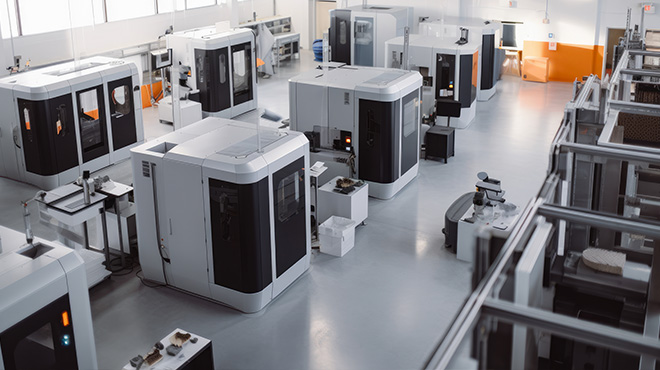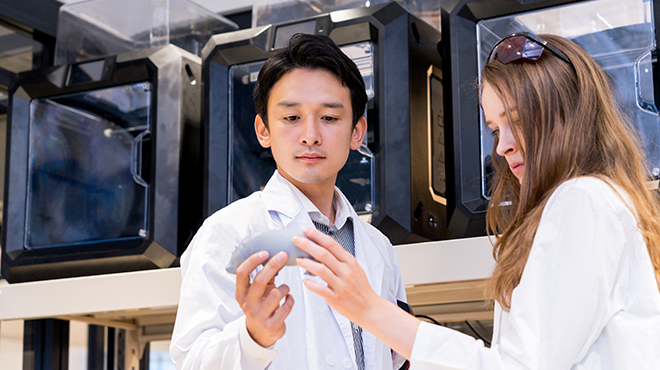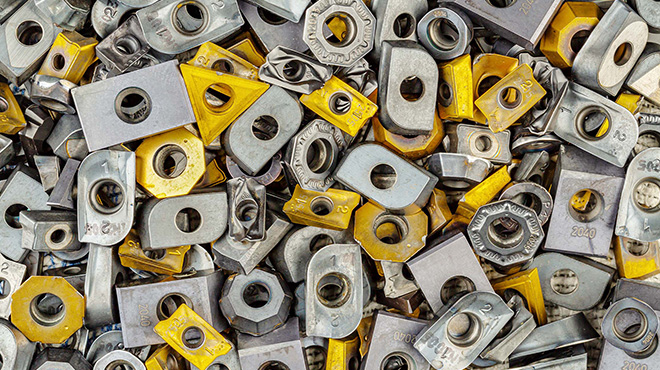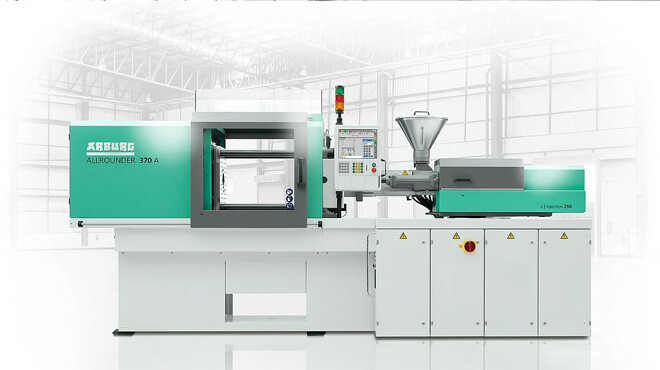Determining the repeatability of different measurement methods in additive manufacturing
What awaits you here: INTRODUCTION MICROGRAPH COMPUTERTOMOGRAPHY (CT) AUTOMATED DENSITY DETERMINATION CONCLUSION Introduction In additive...
3 min read
Chris Young : 30.05.2024

In the field of advanced manufacturing, additive manufacturing (AM) has emerged as a revolutionary technology that has the potential to develop the industry through its ability to produce complex geometries, shorten lead times and enable on-demand production.
However, with the increasing adoption of AM processes in the aerospace and medical industries, a key challenge remains: ensuring the quality and reliability of 3D printed components. Quality assurance in AM is a multidimensional endeavour that involves a range of testing, verification and analysis techniques aimed at ensuring the structural integrity and functional performance of printed components. At the centre of this validation process is the crucial aspect of density determination, which plays a critical role in unlocking the full potential of the additive manufacturing process.
AM has captured the imagination of designers, engineers and manufacturers alike, allowing them to produce complex structures and customised designs that were previously unattainable through traditional manufacturing methods. As everyone now knows, unlike subtractive manufacturing, where material is removed to form a part, AM builds objects layer by layer, often using powder materials or metals/polymers that are selectively fused or cured to form the final product. This layer-by-layer approach allows for greater design freedom, reduced waste and consolidation of parts, resulting in more efficient production processes.
However, as the technology evolves, ensuring the quality and reliability of 3D printed products has emerged as a critical issue. The complex nature of AM processes leads to challenges that require a comprehensive quality assurance strategy. Unlike traditional manufacturing techniques, where the mechanical properties of a material are relatively predictable, the properties of 3D printed parts can be influenced by factors such as layer adhesion, cooling rates and local material variations. These nuances can lead to internal defects, such as voids and porosity, which can compromise the mechanical integrity of the finished part.
Quality assurance in AM requires a multi-layered approach that combines advanced testing methods, thorough verification processes and rigorous analysis techniques. This approach aims to detect potential defects, evaluate mechanical properties and validate the performance of parts against specific industry standards and requirements. The journey from digital design to physical part involves several stages, each of which presents unique challenges and opportunities for quality assurance.
The first stage involves pre-validation, where the digital design is carefully scrutinised to ensure its suitability for additive manufacturing. This includes considerations such as geometry optimisation, support structure generation and the integration of internal channels or lattice structures that can improve a part's performance. By digitally simulating the printing process and assessing factors such as heat distribution and stress accumulation, engineers can identify potential issues that could arise during the actual manufacturing process.
The critical factor of density determination is at the centre of quality assurance in AM processes. Density, in the context of AM, refers to the mass of a part per unit volume. It serves as a direct indicator of the structural integrity and porosity of the material. A high density implies a solid, homogeneous structure with minimal voids, while a low density may indicate the presence of internal defects that can affect mechanical properties.
Achieving optimal density in 3D printed components is essential to ensure their reliability and functional performance. Thorough density analysis allows manufacturers to identify areas of potential weakness, porosity or irregularities within the printed objects. By understanding density distribution, engineers can fine-tune print parameters such as print speed, temperature and material composition to minimise defects and achieve consistent, desirable properties throughout the part.
As AM technology has evolved, so have density analysis techniques. Traditional methods such as the Archimedes method, where a part is immersed in a liquid to determine its volume, are still widely used but can be affected by environmental conditions and are not always accurate. More advanced techniques such as CT scans and micrographs offer more detailed insights into the internal structure of parts, but are often expensive and time-consuming.
Recognising these challenges, Dimensionics Density, a leader in density measurement, has developed an innovative solution that combines the Archimedes method with modern automation technology. This solution enables fast, accurate and repeatable density measurement, which is critical for the validation of parts produced using various AM technology platforms.
Dimensionics Density specialises in providing innovative part density measurement solutions and offers a solution that is both accurate and repeatable.
A key element of this solution is automated handling, which eliminates human influence on the measurement. The use of gantry systems that place the parts on the scales with repeatable accuracy ensures that measurements are consistent and reliable. In addition, Dimensionics Density's automated Archimedes solution can accurately determine the density of free-form and highly complex AM parts, making it an indispensable tool for manufacturers looking to ensure the quality and reliability of their products.

What awaits you here: INTRODUCTION MICROGRAPH COMPUTERTOMOGRAPHY (CT) AUTOMATED DENSITY DETERMINATION CONCLUSION Introduction In additive...

What awaits you here: A TRIP TO KOCHEL AM SEE BACKGROUND TO DENSITY MEASUREMENT IN POWDER MOULDING INFLUENCE ON MOULDING AND QUALITY CHALLENGES AND...

What awaits you here: INTRODUCTION THE IMPORTANCE OF DENSITY DISTRIBUTION IN THE MIM PROCESS ARCHIMEDEAN DENSITY MEASUREMENT: BASICS AND CHALLENGES ...